Chapter 3
Federalism
By Boundless
Federalism is the system where sovereignty is constitutionally divided between a central governing authority and constituent units.
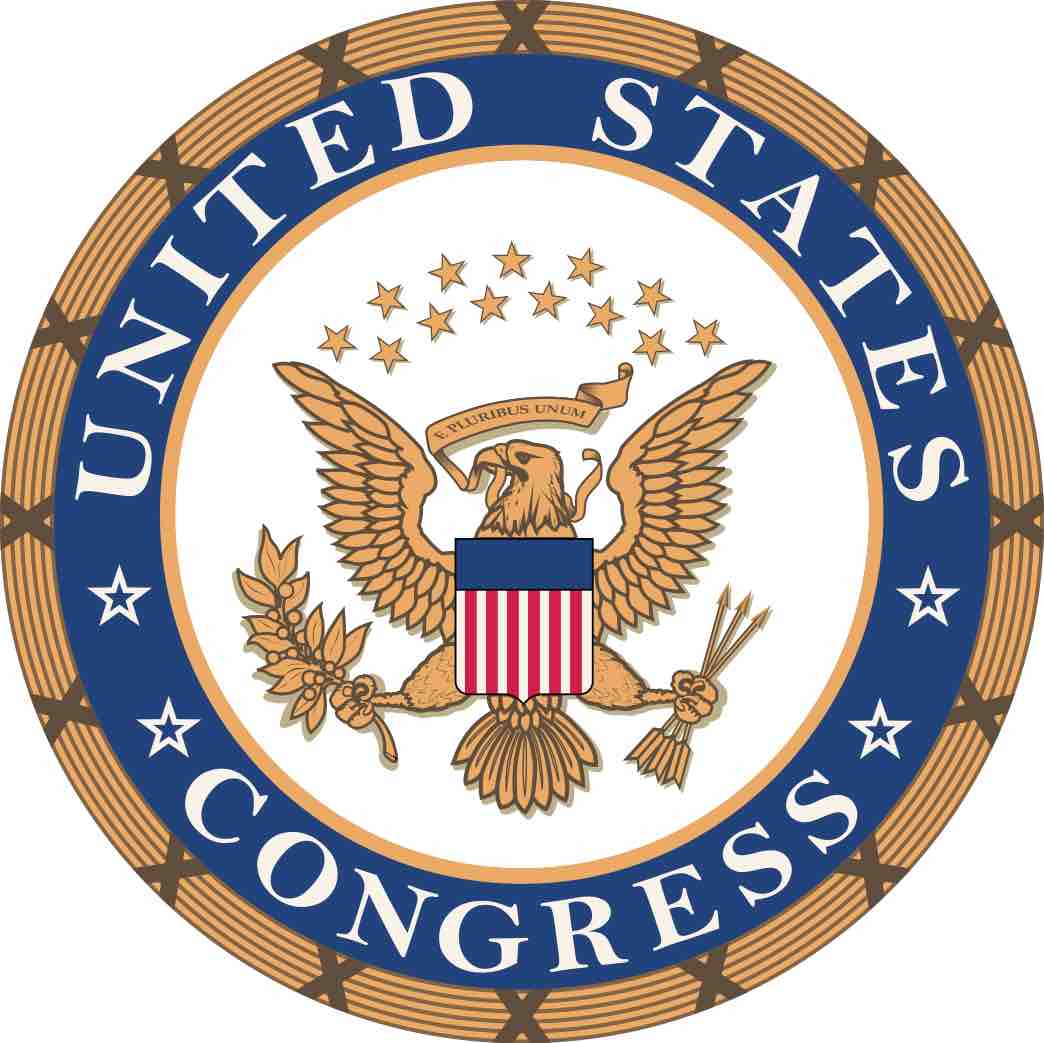
The federal government is composed of three branches: executive, legislative, and judiciary, whose powers are granted by the Constitution.
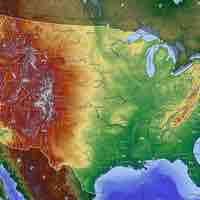
State governments are republics formed by citizens in the jurisdiction as provided by the Constitution.

Powers of local governments are defined by state rather than federal law, and states have adopted a variety of systems of local government.
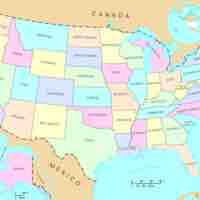
Article Four of the United States Constitution outlines the relationship between the states, with Congress having power to admit new states.
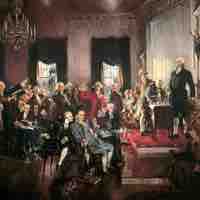
Concurrent powers are the powers that are shared by both the State and the federal government, exercised simultaneously.
The Supremacy Clause established the U.S. Constitution, Federal Statutes and U.S. Treaties as "the supreme law of the land".
Congress has numerous prohibited powers dealing with habeas corpus, regulation of commerce, titles of nobility, ex post facto and taxes.
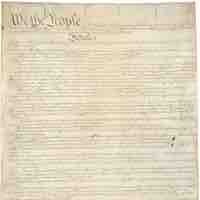
Checks and balances is a governmental structure that gives each of the branches a degree of control over the actions of the other.
The New Deal was a series of economic programs enacted between 1933-1936 in response to the Great Depression.

Federal grants are economic aid issued by the government to carry out a public purpose of support or stimulation authorized by the law.
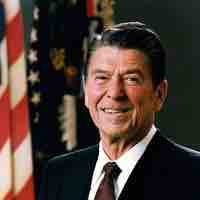
Federal Mandates are used to implement activities to state and local governments since the post-New Deal era.
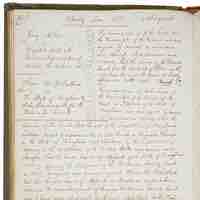
Many early U.S. Supreme Court decisions, such as McCulloch v. Maryland, established the rights of power between federal and state governments.

The Dred Scott Decision questioned the authority of the federal government over individual states in dealing with the issue of slavery.
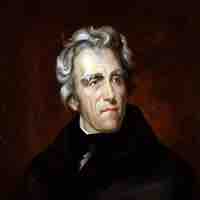
America functioned under dual federalism until the federal government increased influence after the Civil War.
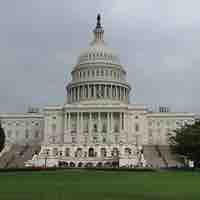
Cooperative federalism is a concept in which national, state and local governments interact cooperatively to solve common problems.
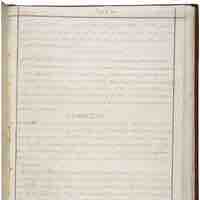
Federalism today has its roots extending back to the 1860s.

New Federalism is a philosophy that focuses on states' rights.

The devolution revolution was a movement started by Reagan in the 1980s that involves the gradual return of power to the states.
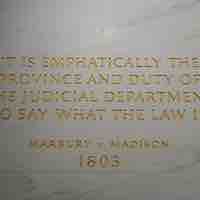
Judicial federalism is a theory that the judicial branch has a place in the check and balance system in U.S. federalism.

Modern tensions between the state and federal governments began in the 1960s.